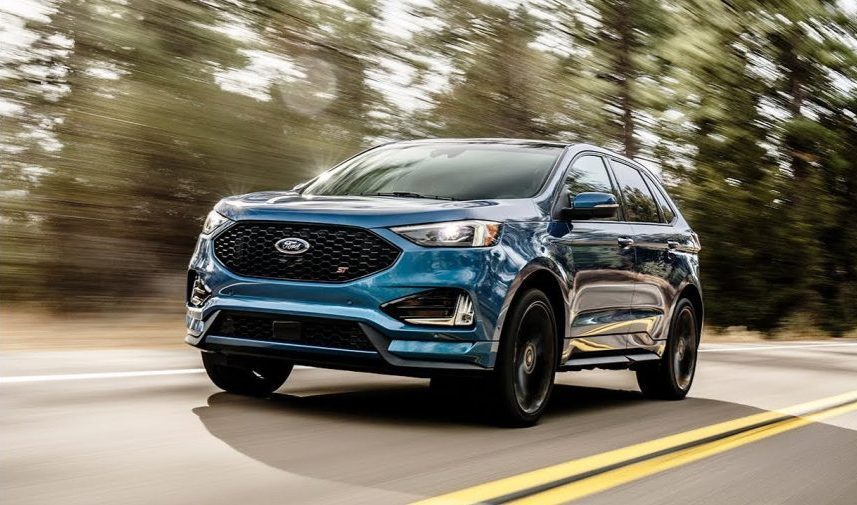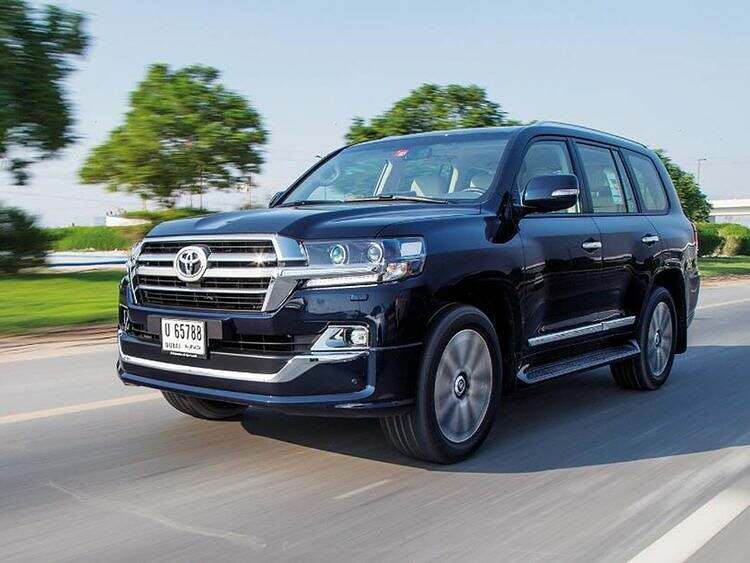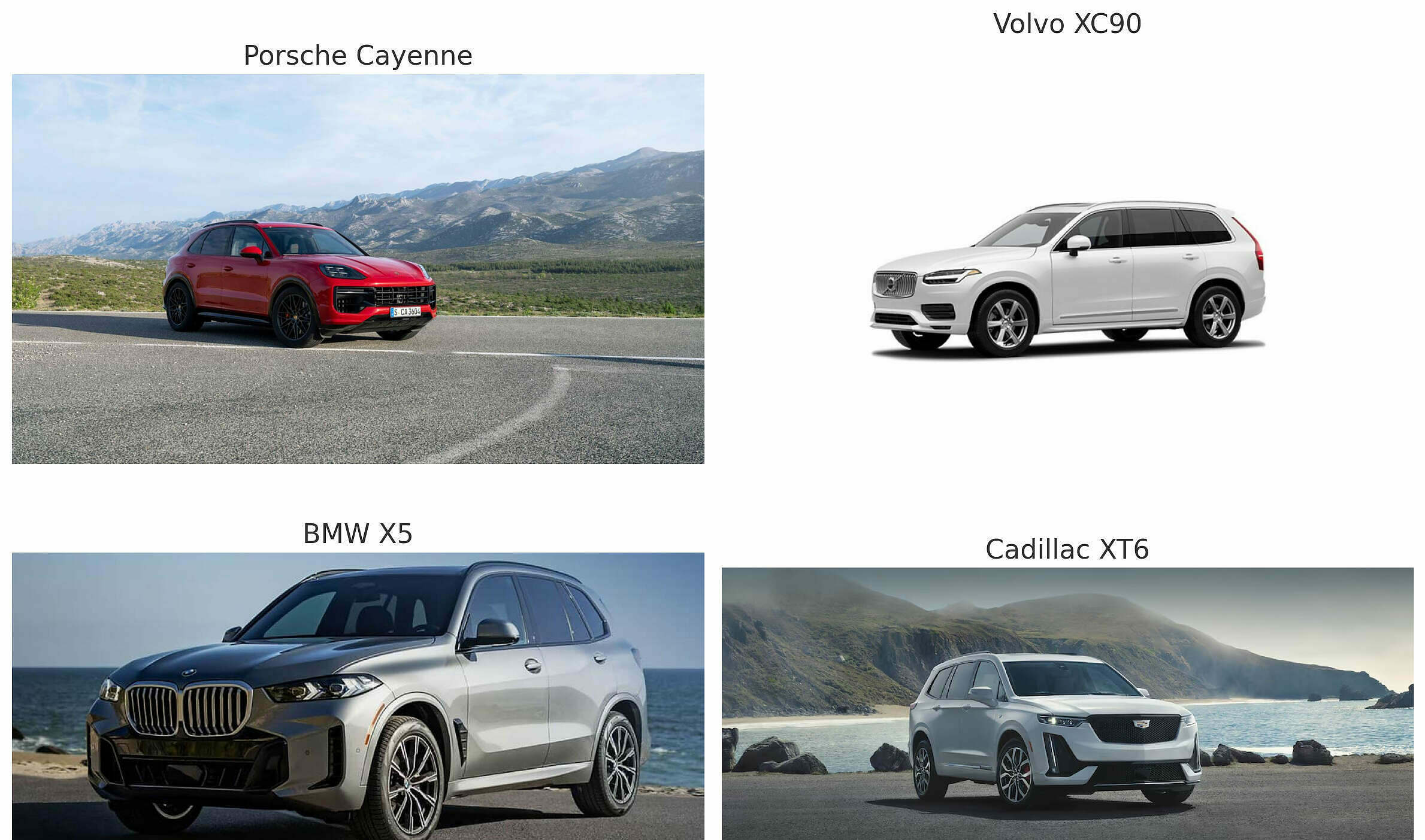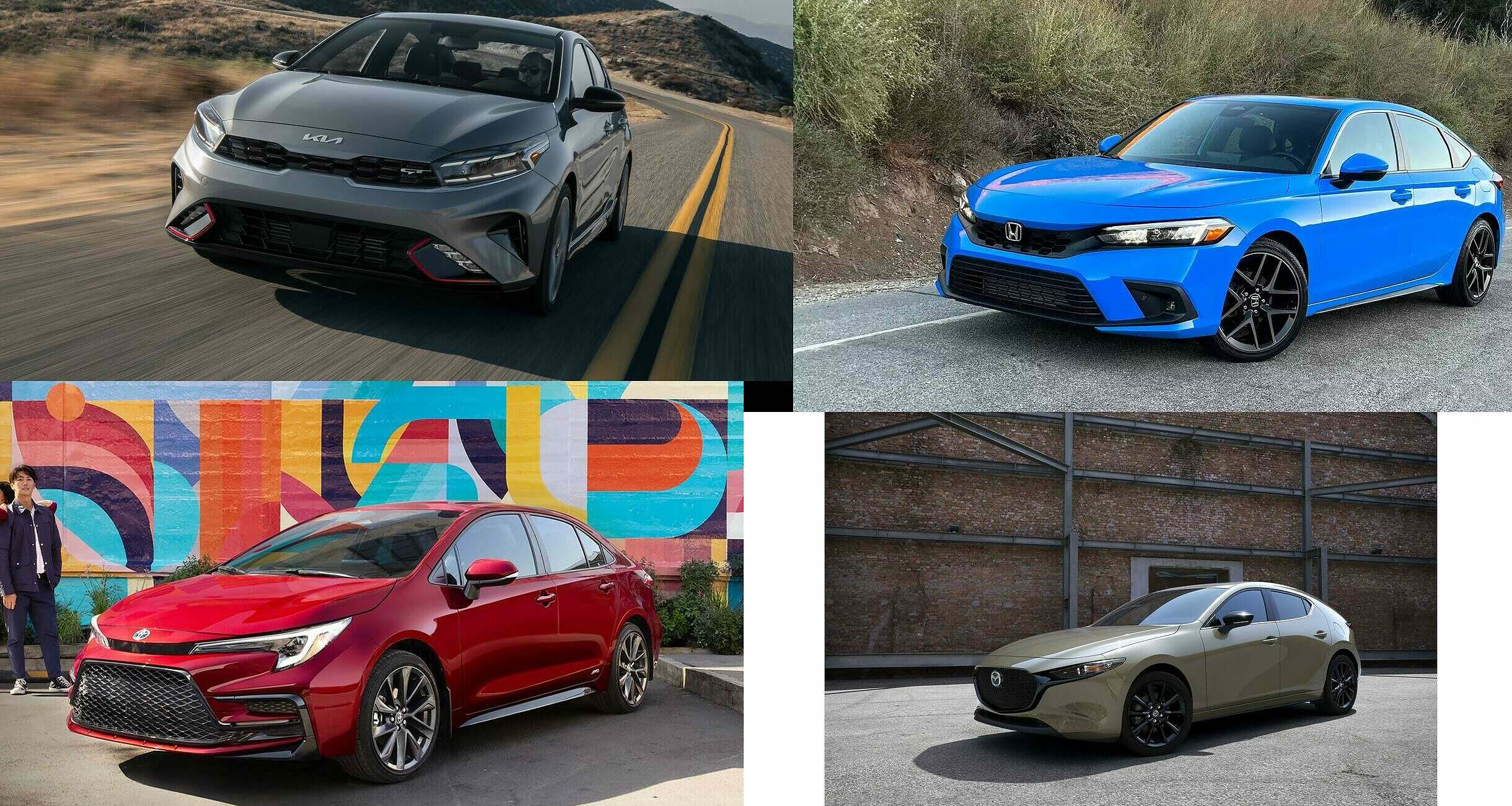When it comes to choosing the right vehicle for you and your family, understanding the nuanced differences between Sport Utility Vehicles (SUVs) and Crossover Utility Vehicles (CUVs) can make all the difference.

While both provide increased passenger and cargo space over traditional sedans, there are key disparities in design, performance, and utility that may sway your decision. Here’s a breakdown of SUV and CUV differences that will help you choose the perfect vehicle for your needs.
See all the 2022/2023 SUVs with Alexa A.i. integrated
Design and Body Structure
The design and body structure constitute the most significant difference between SUVs and CUVs. SUVs are designed with a body-on-frame structure. This design, traditionally used in trucks, offers robust off-road capabilities and towing capacity.
See the 3 fastest SUVs in the world that cost less than $100,000 😱
CUVs, on the other hand, are designed with a unibody structure, more akin to a car, providing better handling and a smoother ride. For those seeking a comfortable ride around town, a small SUV may be the best fit.
Performance
If you are a fan of off-roading or require high towing capacity, SUVs like the Tesla Model Y are more up to the task due to their powerful engines and body-on-frame structure. However, if fuel efficiency is a priority for you, CUVs often offer better fuel economy due to their lighter weight and smaller engines.
Seating and Cargo Space
Typically, SUVs offer more seating and cargo space than CUVs, making them a better fit for large families. Some SUV models can seat up to nine passengers. However, if you’re looking for a perfect fit for a family of five, there are plenty of CUV options available.
Price and Insurance
SUVs, with their larger bodies and more powerful engines, generally have higher initial costs and insurance rates. If you’re looking for more affordable options, there are numerous CUVs and SUVs under $30,000. For those seeking the most affordable SUV to insure, the Honda CR-V has consistently ranked among the top.
Tech and Luxury
Many modern SUVs and CUVs are equipped with advanced features like Amazon’s Alexa integration, panoramic sunroofs, and high-end finishes. There are SUVs that offer very comfortable seating and those that offer luxury without the high price tag. The Aston Martin DBX707 is a prime example of luxury SUVs pushing the boundaries of performance and opulence.
Fuel Types: Gasoline, Hybrid, and Electric
There’s also a vast array of fuel types to consider when choosing between SUVs and CUVs. While most SUVs traditionally run on gasoline, an increasing number of hybrid and fully electric SUVs are hitting the market. From the most fuel-efficient hybrid SUV to the SUV with the longest electric range, there’s an eco-friendly option for everyone.
Conclusion
In the end, the decision between an SUV and a CUV boils down to your individual needs and preferences. Whether you prioritize off-road capabilities, fuel efficiency, seating capacity, price, or advanced features, there’s a vehicle out there tailored to your requirements.
Now that you understand the differences between an SUV and a CUV, you are one step closer to purchasing your ideal vehicle. Check out the top online sites to start your car buying journey today.
Remember, while the initial cost of a vehicle is important, the average cost of ownership is a critical factor to consider when making your decision. Whether you choose an SUV or a CUV, make sure it’s the right fit for you and your lifestyle.
Happy driving!



